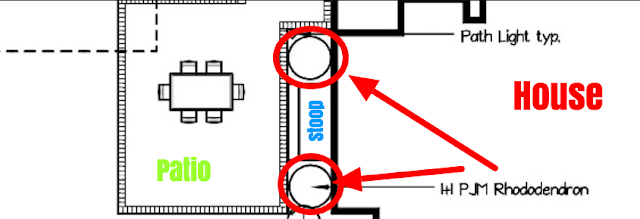Surprise (Volunteer) Daffodils - 2018

I went out to the yard to check in on the allium and tulip bulbs that I planted last fall and came across this nice little surprise: a series of rows of daffodil clumps that had popped up in the yard behind one of our big Oak trees. You can see the doubled-up Automower wire in the ground and the plastic mesh that the landscapers put down last Summer. That means that this area was seeded, and as you can tell, it didn't take that strongly. They'll give us a nice pop of color soon and then recede back into the ground. I believe that this area is called out as a landscape bed eventually, so I'm not sure that we'll re-seed it this Spring, but probably just let it go as it is. Since the Automower is wired to run in this area, it will keep the growth short and ready to be swapped out at a later date. That plastic mesh, though. I'm thinking that's a project to take on this Spring. A lot of cutting and some ripping to remove it, where it hasn't been enca






